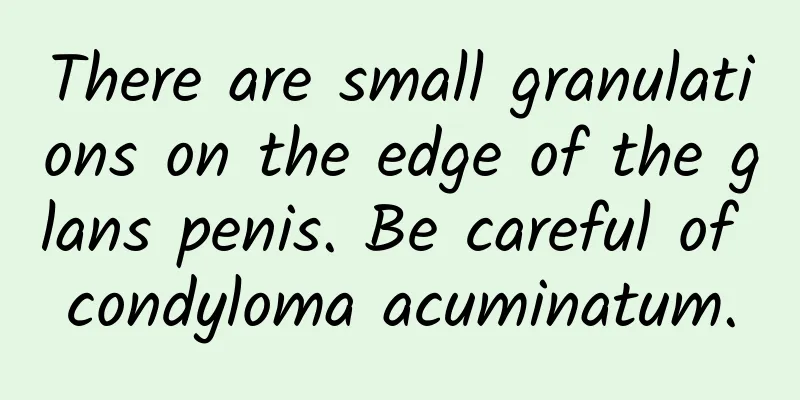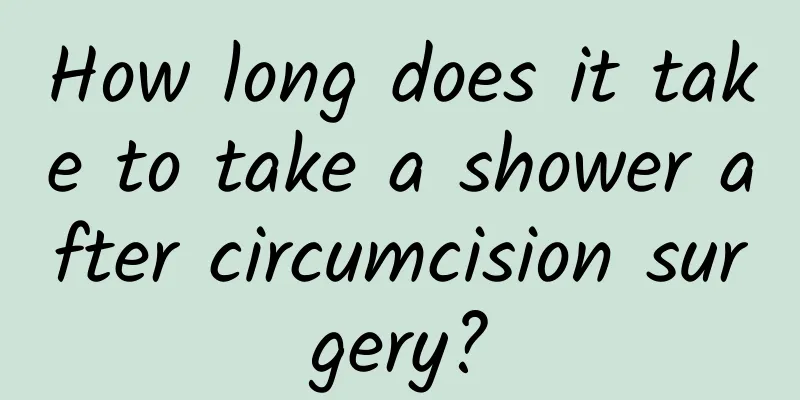What to do if ureteral stones reach the bladder

|
My father-in-law has bladder stones. How to treat bladder stones? In the beginning, he only had stones, but when it got serious, it became bladder stones. Male bladder stones need lithotripsy, but we will learn about the specific treatment today. My father-in-law's physical condition has not been very good, so we are worried that there will be unexpected situations during surgery. He is also a timid person. Hearing that he has such a serious disease, he has been bedridden for several days. In addition to surgical treatment, other treatment methods are acceptable. How to treat bladder stones The principle of treating bladder stones is to remove the stones and correct the cause of the stones. When the bladder infection is serious, antibiotics should be used for treatment. There are many treatment methods for bladder stones, but they can be roughly divided into two categories: surgical lithotripsy and non-surgical lithotripsy. Surgical lithotripsy is the traditional suprapubic cystolithotomy, while non-surgical lithotripsy can be divided into cystoscopic mechanical lithotripsy (clamp lithotripsy), electrohydraulic lithotripsy, ultrasonic lithotripsy, ballistic pneumatic lithotripsy, etc. There are four main methods: 1. Extracorporeal shock wave lithotripsy (ESWL) bladder lithotripsy method After the patient empties the bladder, 100 ml of normal saline is injected into the bladder. If the bladder cannot be completely emptied, some urine can be retained. The patient is in a prone position. After the lithotripsy, the fixation device is removed. The patient is allowed to move left and right to observe the crushing. The size of the crushed stone particles is < 0.5 cm. Three days after the operation, 20 mg of furosemide is injected intramuscularly, twice a day, and the amount of water consumed is increased. Oral antibiotics are taken for one week. 2. Cystoscope lithotripsy After successful sacral anesthesia, the patient is in lithotomy position, 5 ml of paraffin oil is injected into the urethra, and the stones are crushed under direct vision using a 24F powerful lithotripsy forceps. This operation is repeated until the stones can be completely flushed out with an irrigator. 3. Cystoscopic hydrostatic lithotripsy The method is the same as that of lithotripsy with forceps, except that the electrode must be kept at least 2 cm away from the cystoscope and less than 0.5 cm away from the stone. This can effectively crush the lithotripsy while avoiding damage to the cystoscope. 4. Suprapubic cystolithotomy After successful epidural anesthesia, the bladder was cut open layer by layer until the stones were removed. Due to severe infection, the patient underwent suprapubic cystostomy. This is a traditional open surgery. The above content is about the treatment of stones in the bladder. In any case, surgery is required to remove the stones, because the stones will affect the normal function of the bladder. The longer the delay, the more serious it will be, and it will also cause other diseases. Especially for older people, if they suffer from this disease, they need timely treatment, otherwise the sequelae will be difficult to change. |
<<: What to do with testicular cyst
>>: What are the symptoms and treatments of orchitis?
Recommend
Men's daily necessities should be used with caution to avoid hurting "vital parts"
Recommendation: Do not take health supplements or...
What harm does high testosterone bring to men?
Testosterone is a relatively "special" ...
Although durian can enhance sexual performance, these types of people are not suitable to eat it
Durian is known as the "king of fruits"...
What to do if a man has kidney deficiency and back pain
Due to work fatigue, frequent sex and other facto...
Men with kidney deficiency can eat these three kinds of food and immediately become strong men
Learning to use food therapy to nourish the kidne...
When a man doesn't like you, he will show these signs!
Men and women are very different in nature, so wh...
Is it a disease for men to snore when they sleep?
Snoring is a very common symptom and is not consi...
What harm does sterilization surgery cause to men?
For men who no longer have fertility requirements...
What should I do if my boyfriend has poor sexual function?
Sex is inevitable in the final stage of a relatio...
There is a lump on the testicle that hurts when touched
The male testicle is a relatively important organ...
What should men do if they have to urinate frequently?
Many men are familiar with the urgency and freque...
What tests should be done for prostatitis?
Many men like to wear tight pants and underwear i...
Breast cancer in boys
When we talk about breast cancer, the first thing...
The fastest way to get rid of wrinkles for men
The work experience of many seniors tells us that...
What is spermatorrhea?
You probably don't know much about spermatorr...









